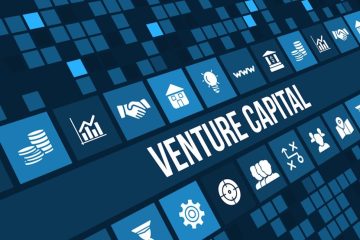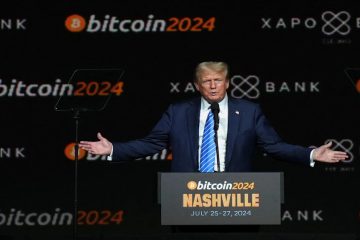Patterns Found in “Dark Pool” Trades
Nearly a year ago, my colleague Alan Gula posed a question:
Are human financial advisors facing extinction?
It seems preposterous, but the rise of automated investment services, often called robo-advisors, has been incredibly swift.
Heck, in the year since Alan wrote his article, CNBC reports a robo-advisor growth rate of well over 100%.
Today, anyone with a bank account can sign up for a robo-advisor, choose a risk tolerance, and begin putting money into the market.
After that, users have access to asset allocation, portfolio rebalancing, and even tax loss harvesting – all for significantly lower fees than human counterparts can offer.
Now, don’t get me wrong… I’m not particularly concerned with the fate of human advisors.
Instead, I’m far more interested in the big picture – that is, the effect that robo-advisors, and automation in general, have had on the market.
I think you’ll agree that the implications are shocking, to say the least.
The Rise of the Cyborg
Automation has been made possible by algorithmic (algo) trading, essentially pre-programmed trades that are executed based on a variety of factors, including price, timing, and volume.
Today, more than 70% of all equity trading volume in the United States is executed by algorithms, according to an April 2014 Vanderbilt University research report.
This brave new world has been appropriately dubbed “cyborg finance” by Temple University Professor Tom C.W. Lin, who recognized just how critical computerization and artificial intelligence have become to today’s market.
Of course, one of the problems inherent with such a rapid, automated market was liquidity. To address this need, as well as concerns about large trades that could move the market, institutional investors began trading in “dark pools of liquidity.”
Basically, institutions use these dark pools to execute huge trades without creating waves in the market. A dark pool provides both a private space and the liquidity needed to trade huge chunks of stock all at once.
And that’s where cyborg finance gets really interesting…
Diving Into the Dark Pool
Theoretically, dark pools are invisible, and all of the trades that take place within them go unseen until they’re completed.
In reality, though, the rise of automation has led to persistent, formulaic trading – and meaningful patterns are emerging from the darkness.
Wall Street Daily’s Senior Analyst, Jonathan Rodriguez, is a pattern trading expert, and he’s uncovered an amazing trend that has the power to literally illuminate the dark pools. More specifically, he’s discovered certain “trigger points” – levels where he can reliably predict institutional trading volume.
Obviously, the implications are enormous.
That’s all I can say for now, but stay tuned. Tomorrow, I’ll go into more detail about these trigger points, and I’ll explain just how incredible it would be to peer into the dark pools.
Good investing,
Chris Worthington
Chris Worthington is dedicated to bringing the best financial research to his readers every day and, ultimately, helping people achieve early retirement. He cut his teeth at a top-10 national accounting firm before joining Wall Street Daily, where he spends his days hard at work analyzing the financial markets. Previously, he earned his Master’s from Towson University in 2011. Learn More >>










